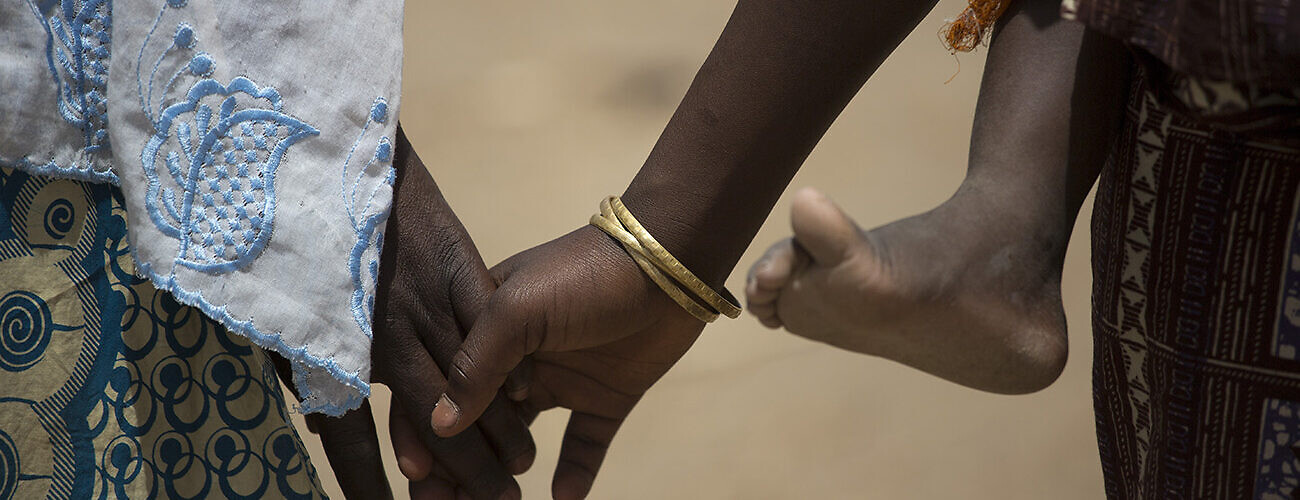Fati (right), age fifteen, now in the Minawao camp for Nigerian refugees with her mother and her baby sister, had been abducted by Boko Haram insurgents, given to a man, and forced to be his wife. She was eventually freed by Cameroonian soldiers and reunited with her family. April 5, 2016. (UNICEF/UN015785/Prinsloo)
Many non-state armed groups use forced marriage during armed conflict. This practice has been documented across all geographic regions, in every decade since the 1940s, and across armed groups with many different ideologies. Yet while policymakers, scholars, and practitioners recognize forced marriage as an important form of conflict-related sexual violence (CRSV), there are no frameworks for conceptualizing the frequency and range of forms of forced marriage that occur in conflict.
To fill that gap, this paper introduces an original dataset tracking forced marriage in armed conflict and uses the data and illustrative examples to divide forced marriage in armed conflict into three types: member–member forced marriage, member–civilian forced marriage, and civilian–civilian forced marriage. This dataset can be a tool for policymakers and practitioners to understand the impacts of forced marriage in armed conflict and better design prevention strategies and survivor-centered responses.
The report concludes with an overview of existing policy, legal, and programmatic responses to forced marriage in conflict settings, including by non-state armed groups, and provides recommendations for how these responses can better address this complex phenomenon:
- Data collection: Disaggregate data on CRSV by the form of violence (when possible), avoid linking sexual slavery and forced marriage, and gather more data on the unique needs of survivors of forced marriage.
- Criminal accountability: Continue prosecuting forced marriage as a distinct crime against humanity and promote the inclusion of forced marriage as a distinct crime against humanity during negotiations on the treaty on crimes against humanity.
- Sanctions: Continue to include information on CRSV in the reports of sanctions monitoring committees, ensure that sanctions listing criteria are applied against perpetrators of forced marriage, and ensure that every panel of experts includes at least one member with expertise on gender issues or CRSV.
- Reintegration: Factor the different types of forced marriage into the design of reintegration programs and provide support that considers the unique needs of individuals exiting forced marriage.








